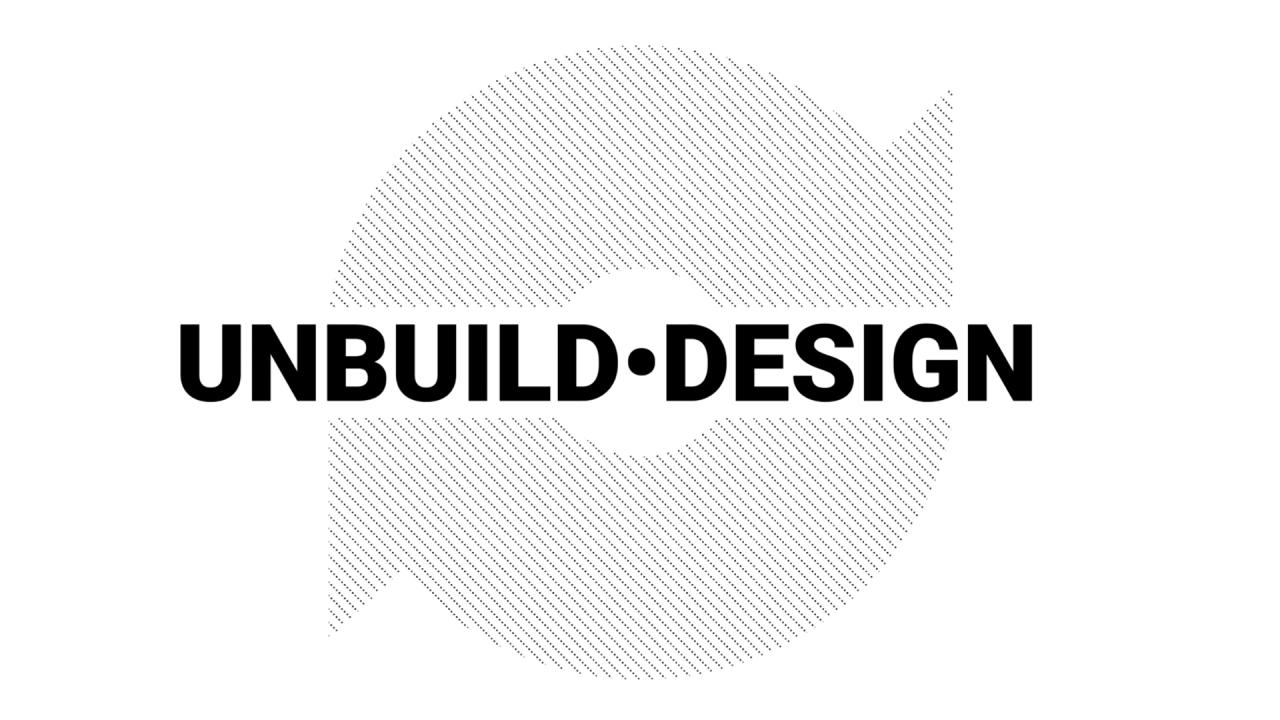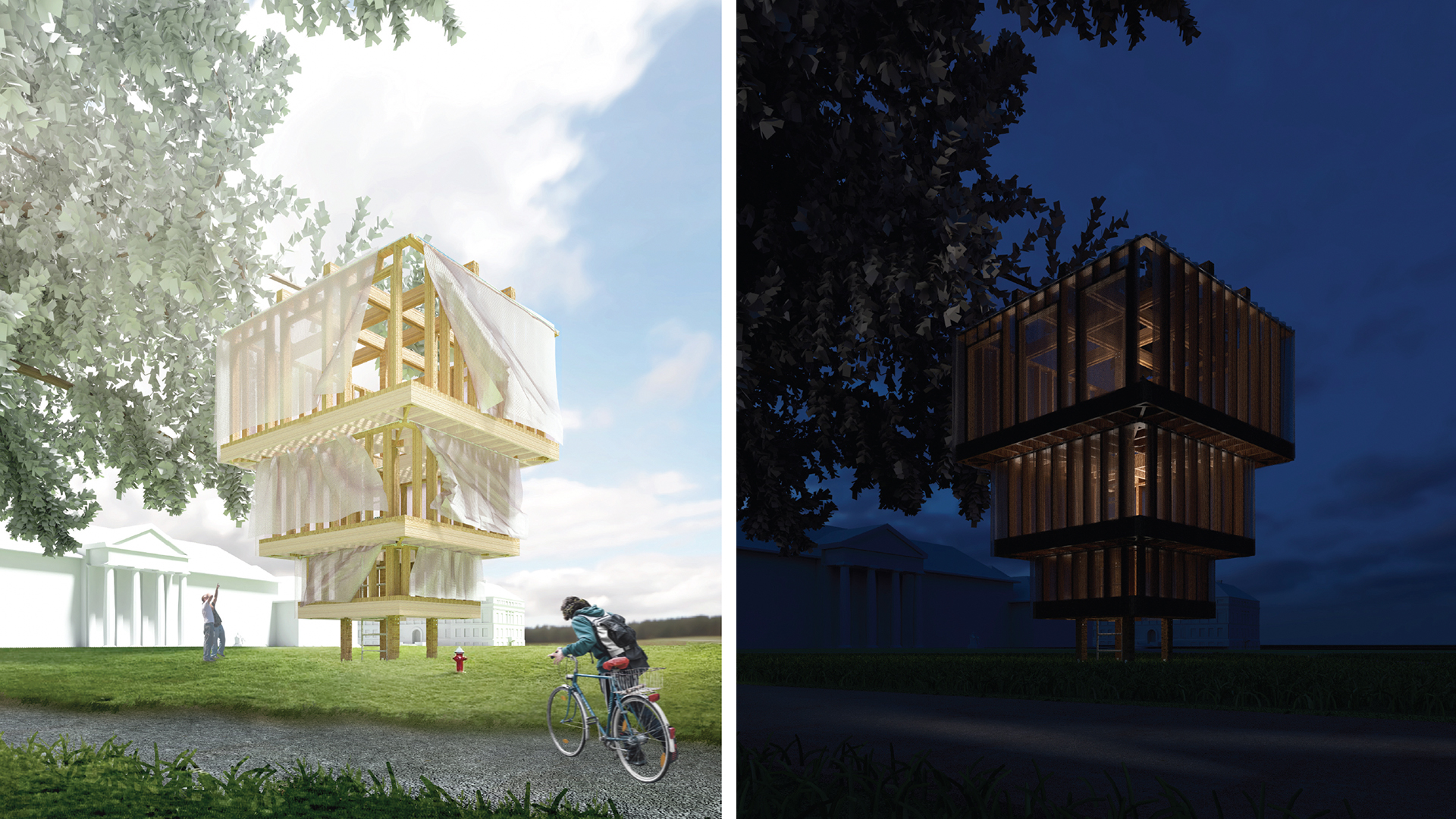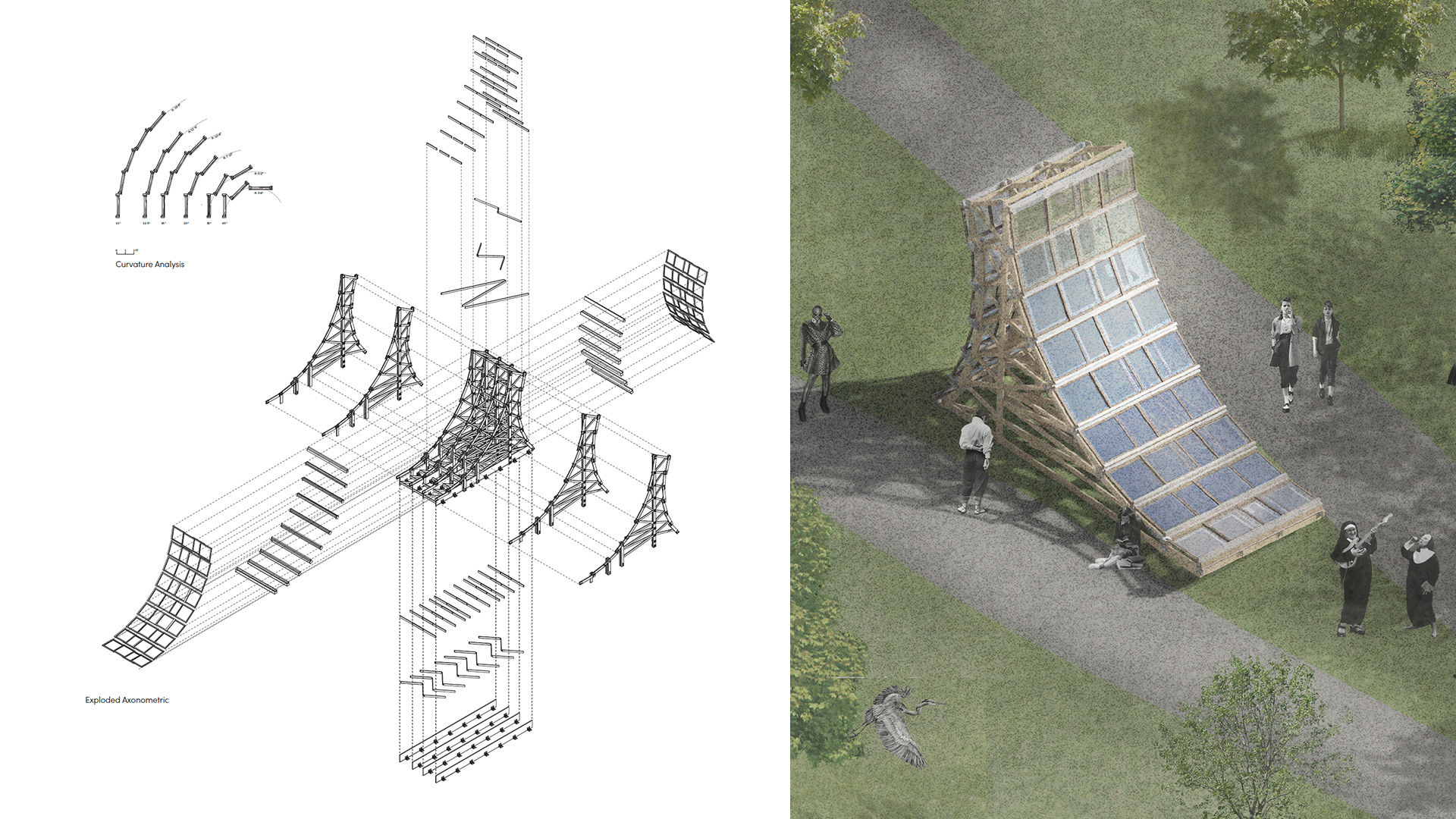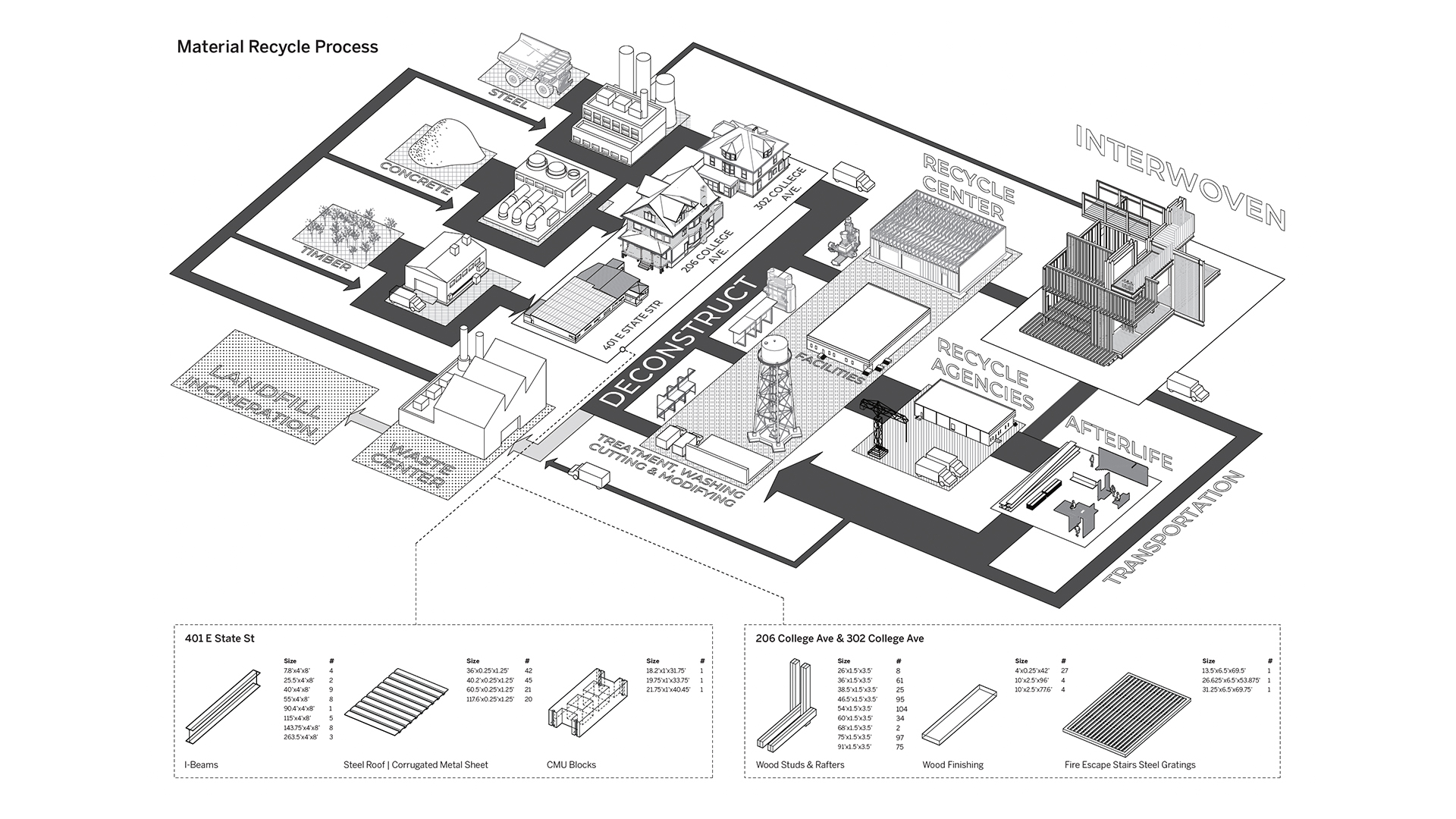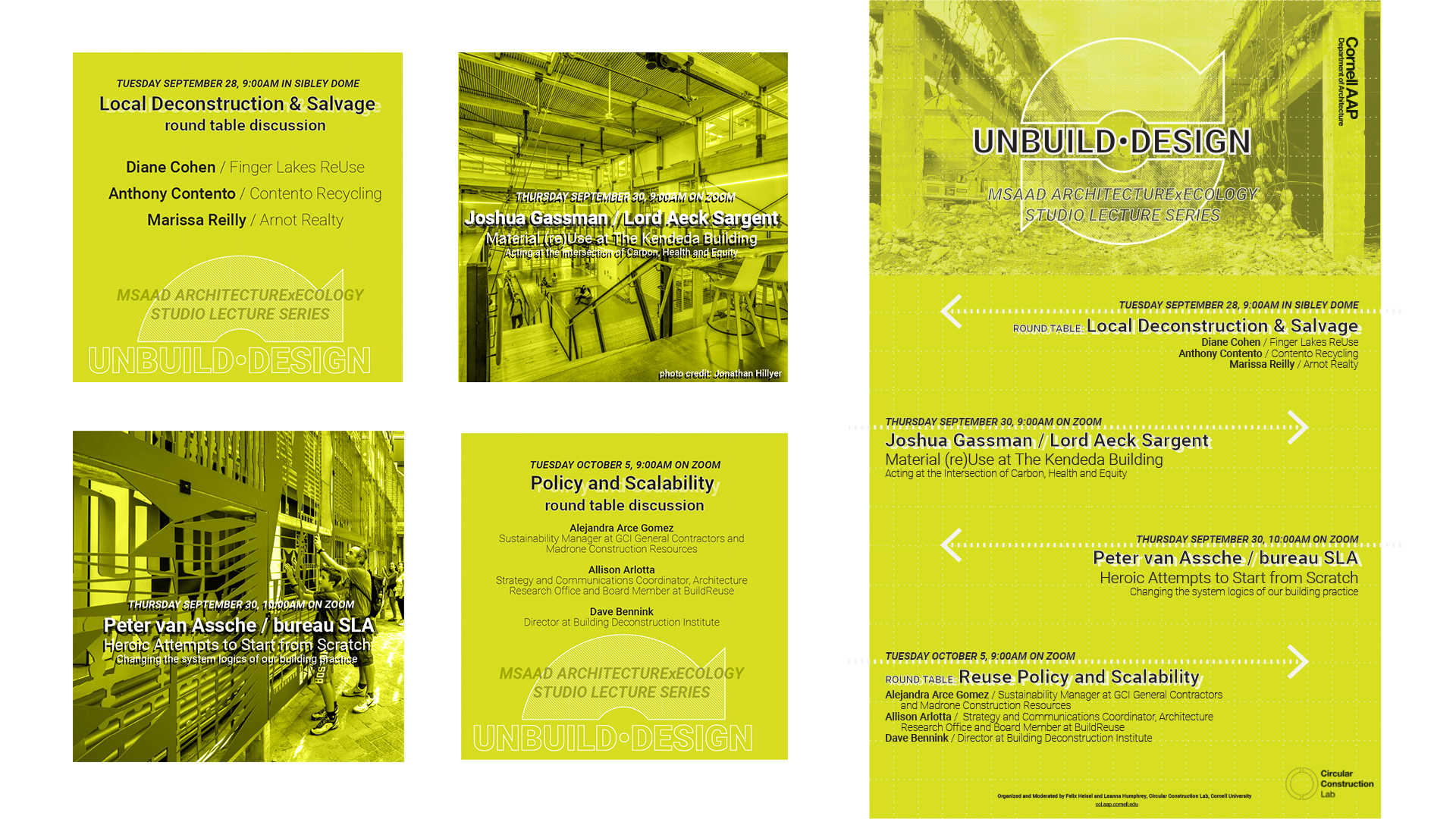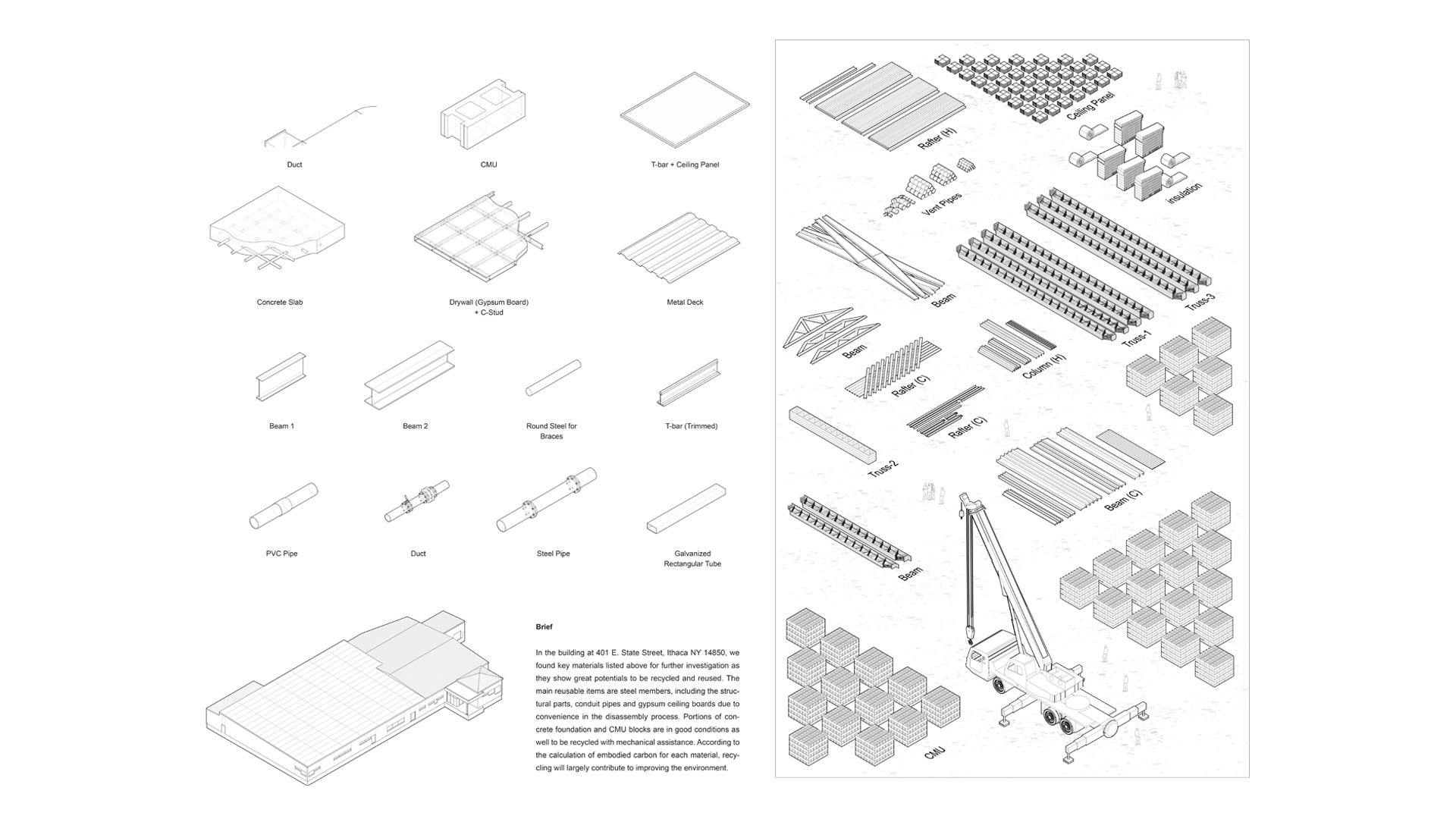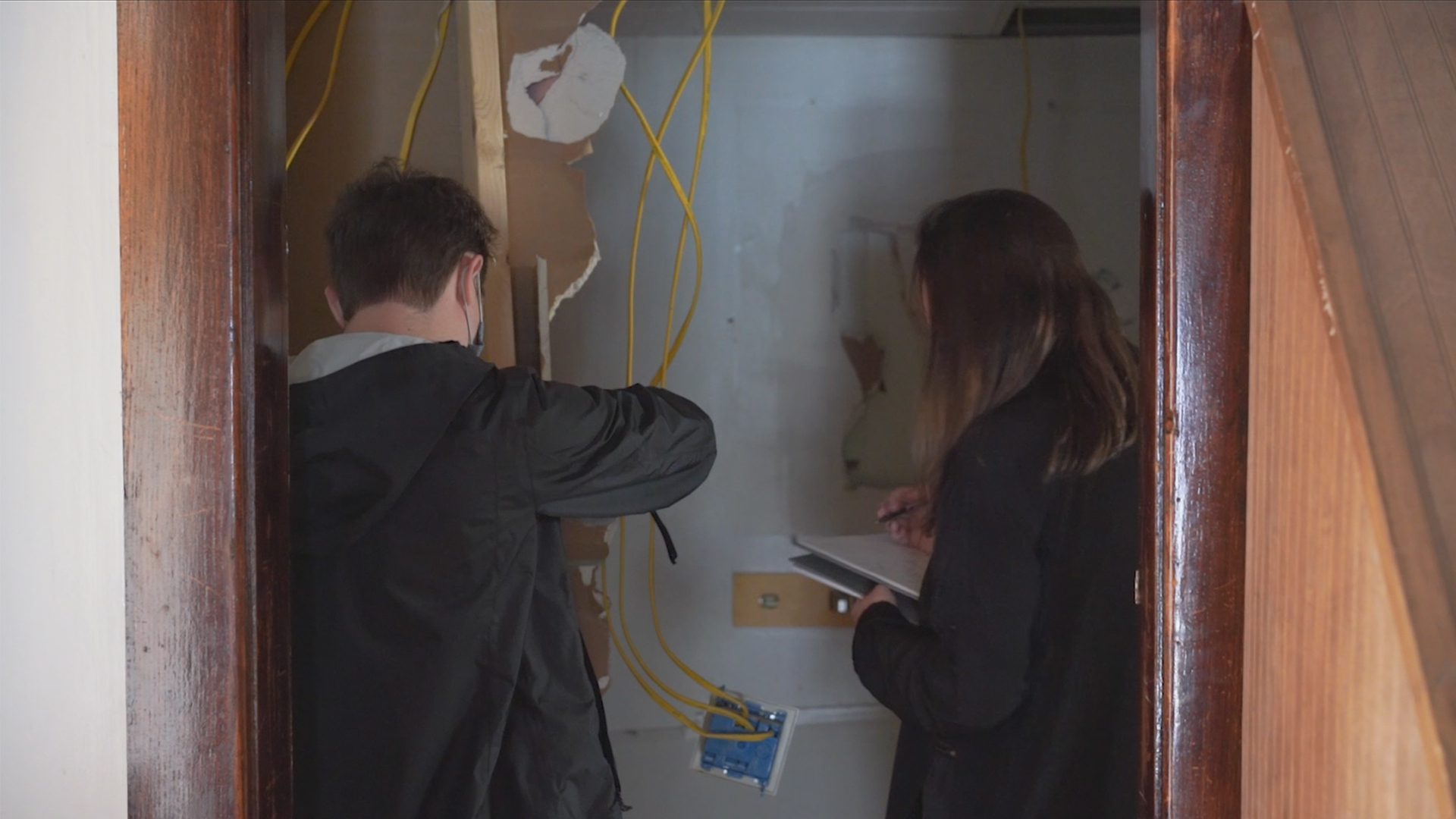On August 7th 2021, the Intergovernmental Panel on Climate Change (IPCC), which is convened by the United Nations and involved more than 200 scientists and thousands of climate studies, published its Sixth Assessment Report stating that “it is unequivocal that human influence has warmed the atmosphere, ocean and land.” [1] The report then continues that the amount of carbon dioxide and other heat-trapping gases released to date will result in a continued warming of the atmosphere until at least the year 2050, reaching the ambitious Paris Agreement limit of 1.5 degree Celsius of warming well before that, perhaps even by the end of this decade.
Globally, the construction industry is the biggest consumer of energy and resources, as well as the biggest producer of emissions and waste. Buildings and construction together account for about 50% of resource extraction, at least 40% of carbon dioxide emissions and 50% of solid waste production globally. [2] Within the USA alone, 600 million tons of construction and demolition debris (CDD) are generated each year (twice the amount of municipal solid waste (MSW), making up about 40% of landfill waste in the country to date. All of these factors are dominant reasons for climate change and we – as (future) architects – play a significant role in shaping the future of our planet.
As a way to overcome the social, economic, and environmental problems of the current linear economic system, the concept of the circular economy is increasingly gaining attention, defined as one that is “restorative and regenerative by design and aims to keep assets, components, and materials at their highest utility and value at all times.” [3] The consequent closing of production and consumption loops offers not only the possibility to end the loss of valuable finite resources, but also to reduce dependencies on global, volatile resource markets, prevent greenhouse gas emissions, mitigate the effects of the climate crisis, and support new business models and green job opportunities.
The Circular Construction Lab (CCL) in the Department of Architecture at Cornell AAP houses a design research program that advances the paradigm shift from linear material consumption towards a circular economy within an industrialized construction industry. At the intersection of architecture, engineering, material and computer science, as well as economics, the lab investigates new concepts, methods and processes to (1) design and construct buildings as the material depots for future construction, and (2) activate the potential of the built environment as an 'urban mine' for today's construction. In circular construction [4], the most effective strategies engage the smallest cycles. Local reuse not only preserves embodied values (carbon, water, skill labor) of assets, products or materials within the community, but requires less emissions from transport and includes the potential of cultural and historic preservation into the development of a culture of care.
Unfortunately, to date, reuse in architecture is mostly a trade of “master builders” applied to unique lighthouse projects, and far from the scale of industrialized construction required for meaningful impact on the economy (and ecology) of the sector. This design studio asks the question how systemic concepts or methods for the direct reuse of building elements and components at scale can be developed and implemented – utilizing Ithaca, New York as both urban mine and site for its implementation. Beginning with selected building typologies as a material source, students will be tasked to design a series of spatial follies that address the above global question through the development of both systemic design for disassembly and site-specific architectural applications. Through the investigation, the studio aims to promote a new design paradigm that begins from material availability and specificity, and foresees future material and component reuse within industrialized re-construction.
This design studio module is taught in collaboration with Dan Bergsagel (Schlaich Bergermann Partner, NYC), and is part of the Engaged Cornell Research Project CI:RCLE – Circular Ithaca: Researching Construction in the Local Economy, in collaboration with Mark Milstein (SC Johnson College of Business) and community partners Finger Lakes Reuse, Ithaca NHS, Cornell Cooperate Extension of Tompkins County, Trade Design Build, and Taitem Engineering. It is further inviting and supporting the conversation with Ithaca-based New York State Task Force CR0WD – Circularity, Reuse and Zero Waste Development and its New York City counterparts in formation.



